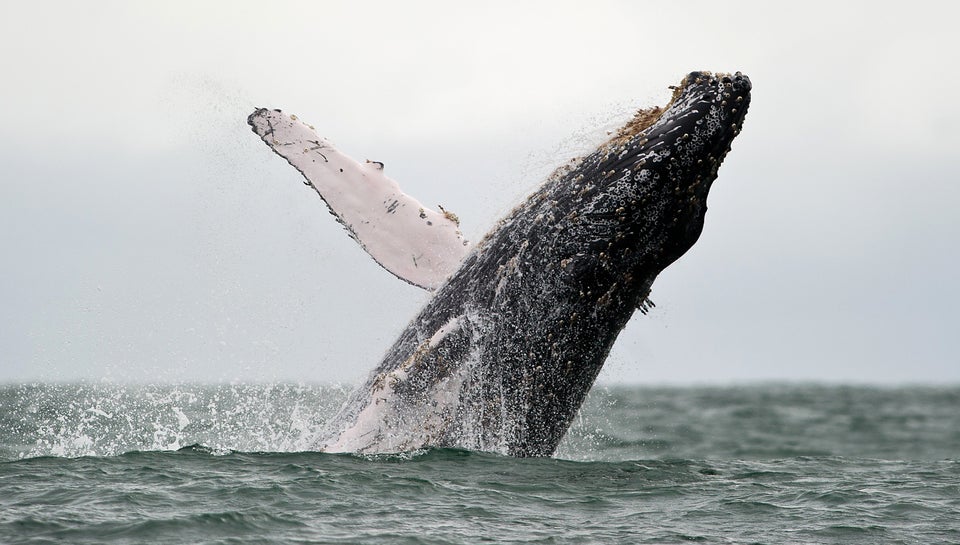By Laila Kearney
SAN FRANCISCO, Feb 6 (Reuters) - The California Fish and Game Commission voted on Wednesday to recommend protection of the great white shark, the world's largest predatory fish, in waters along the Pacific Coast, under the state's endangered species law.
The five-member panel acted unanimously to designate the great white as a candidate for state protection after environmental groups presented data showing adult and sub-adults numbering fewer than 340 in two principal feeding grounds off central California and Mexico's Baja Peninsula.
The species has been off-limits to commercial fishing under California law since 1994.
Great white sharks, particularly as juveniles, still fall prey as unintentional "bycatch" in gill-net fishing that targets halibut, swordfish and white sea bass off Southern California and Baja, said Geoff Shester of the California program Oceana, one of three environmental groups petitioning for protection.
There is no limit on bycatch and no penalty for incidental taking of great whites, although fishermen are supposed to try to throw them back when they are caught, Shester said.
The candidate designation, the first for a marine animal under the state's endangered species act, launches a yearlong review by California's Fish and Wildlife Department. That agency will recommend by next February whether the shark warrants protection as threatened or endangered or not at all. The Fish and Game Commission will make the final decision.
If formally listed, fishery management bodies would be required to develop measures to minimize bycatch, Shester said.
In the meantime, candidate status carries the same force as an actual listing, though as a practical matter it conveys little in the way of concrete protections.
Oceana and its two co-petitioners - the Center for Biological Diversity and Shark Stewards - also are seeking protection of California's great whites under the U.S. Endangered Species Act.
The U.S. Marine Fisheries Service ruled in September that a federal listing may be warranted and a decision on whether to propose great white sharks for formal protection is expected in June, Shester said.
The population survey, conducted in 2011 and 2012 near the Farallon Islands off central California and Guadalupe Island off Baja, marked the first attempt to determine great white numbers along the California coast.
Scientists consider the West Coast population to be genetically distinct and isolated from other great white populations worldwide, and it is this population that would be protected under state or federal listings, Shester said.
Great whites are thought to number several thousand worldwide, with other major populations found off Australia, South Africa, New Zealand and in the Atlantic.
Australia and South Africa have designated their great whites as endangered, Shester said, and the shark is listed as vulnerable worldwide by the International Union for Conservation of Nature.
While the great white is among three shark species most associated with attacks on humans - along with bull sharks and tiger sharks - such encounters are exceedingly rare.
But great whites hold a special place in the popular imagination due mainly to their size, with some specimens known to have reached 20 feet (6 meters) in length and 5,000 pounds (2,268 kg) in weight.
Feeding on everything from anchovies to seal lions and elephant seals, great white sharks are vital to a healthy, balanced marine environment.
"As apex predators, they play a very important role in the ecosystem," Shester said. "Our oceans would look completely different without white sharks." (Additional reporting and writing by Steve Gorman; Editing by Christopher Wilson)

